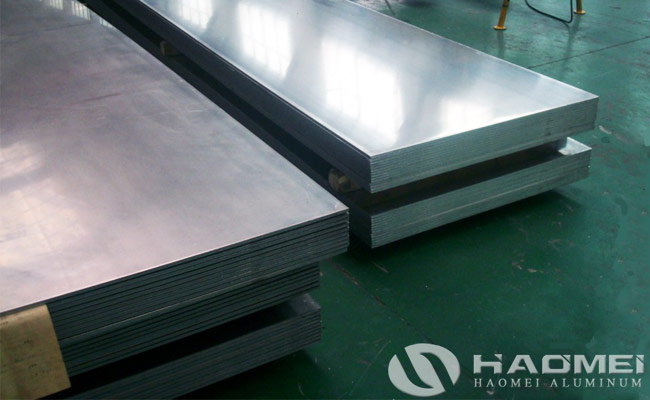
The application of marine aluminum plate in the maritime industry has become increasingly mature, especially for the weight reduction of the hull structure, the increase of shipping speed, and the reduction of energy consumption. However, the application of marine grade aluminum in this field is not as widely used in land transportation, which is mainly related to the physical properties of aluminum and their design and processing.

1, Marine aluminum plates require high specific strength and specific modulus
The yield strength and elastic modulus of the marine grade aluminum plate material are the basic parameters for calculating the strength of the ship structure and determining the size of the structure. Since the elastic modulus and density of various marine aluminum alloys are roughly the same, and adding a small amount of alloying elements or changing the heat treatment state has little effect on them, increasing the yield strength within a certain range is beneficial to reducing the weight of the ship’s structure. Generally, the density of marine aluminium alloy is about 2.7~2.8/cm3, and the elastic modulus is about 70~73GPa. However, it is usually difficult for high-strength aluminum alloys to have excellent corrosion resistance and weldability at the same time. Therefore, marine grade aluminium alloys for ships are generally welded with medium strength and corrosion resistance. In addition, cast aluminum alloys are also used in the field of ships. application.
2, Marine aluminum alloy plates require excellent welding performance
For ships, welding connection has advantages over riveting connection. Therefore, welding connection method has been widely used in shipbuilding and basically replaced riveting structure. At present, automatic argon arc welding method is mainly used in aluminum ship construction. The good weldability of aluminum alloy means that the tendency of cracks formed during welding of aluminum alloy is smaller, that is, aluminum alloy has good welding crack resistance, and the performance of the welded joint after welding does not change much. Because under the conditions of shipbuilding, the performance lost by welding cannot be restored by reheating, so this is one of the important characteristics of marine aluminum plate alloys that are different from other structural aluminum alloys. The strength of AL-Zn-Mg series and AL-Mg-Si series alloys after welding is obviously reduced, and the corrosion resistance of AL-Zn-Mg series alloys after welding is also poor. Therefore, the two series alloys are subject to certain restrictions when used as welding marine materials. . The AL-Mg series alloy has no such drawback. AL-Zn-Mg series alloys are mainly used for heat-treatable components (such as torpedo shells) after welding, and AL-Mg-Si series alloys are mainly used as profiles.